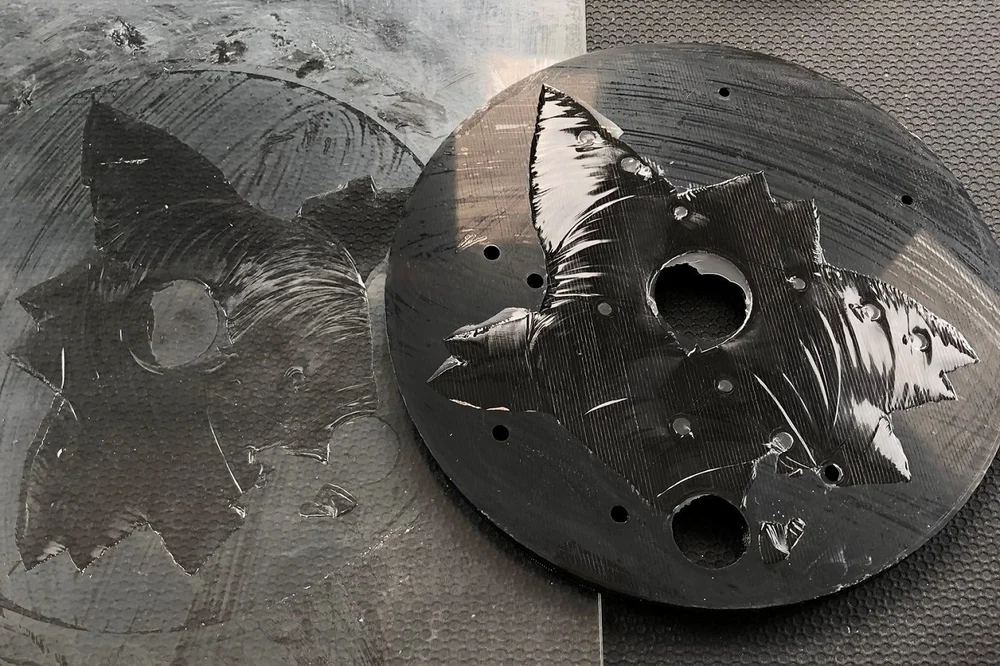The first layer plays a huge role in a print’s success. Read on for some tips and tricks and say goodbye to 3D printing first layer problems!
3D printing the first layer is essential for every FDM 3D print, as it forms the foundation on which more plastic is to be laid. If the first layer adheres poorly to the print surface, the print may dislodge before it’s completed, leading to a failure. Over-adhesion should also be avoided, as prints will become difficult to remove. Every first layer is about striking the balance between print stability and ease of removal.
To start off, level your print surface properly. Many newer printers have automatic leveling, so if this is you, just make sure that you’ve run the leveling sequence already. For 3D printers without automatic leveling, we have a handy guide on how to get your bed level.
Once you’re done leveling, follow along to find some excellent tips for addressing 3D printing first layer problems!
Tip #1: Set First Layer Settings

The key step in guaranteeing a successful first layer is to optimize your print settings. By tuning the first layer settings in your slicer, you can ensure that the first layer succeeds without changing how the rest of the print will look. Here are some of the most useful settings:
- First layer print and bed temperature: These settings change the temperature at which your 3D printer prints the first layer. A higher temperature will allow the plastic to melt better and adhere to the bed, so try bumping up the nozzle and bed temperatures by around 5 °C each.
- First layer line width: This setting changes the width of the lines extruded from your 3D printer. A higher line width setting will allow your layers to squish into the bed and get a nice hold, decreasing the odds of failure. You can typically push this setting to twice your 3D printer’s nozzle bore size (which is usually 0.4 mm).
- First layer height: This setting changes the height of your first layer. A higher value here will mitigate the effects of slight errors in leveling, effectively increasing reliability. You can typically go up to around 0.3 mm with a standard 0.4 mm nozzle.
- First layer print speed: This setting changes the speed at which the first layer is extruded. Printing slower will allow more time for the plastic to melt, having an effect similar to raising the print temperature. You may want to try this if you’ve increased the layer height or line width.
- First layer helpers: These include rafts, skirts, and brims, and help with adhesion by priming the nozzle to ensure a smooth flow of plastic. In the case of rafts and brims, they also provide a larger surface area for better adhesion.
With that, your first layer settings should be ready to go! Next, we’ll dive into maintaining the print surface.
Tip #2: Clean Your Print Surface

If your print surface is dirty and greasy, your freshly-tuned first layer settings won’t do much. The first layer will most likely fail to adhere, and your print will fail.
To avoid this, wipe down your print bed before every print, or at least between every few. This can be done with isopropyl alcohol (normal rubbing alcohol, or IPA) and a paper towel. It only takes a couple of seconds, but it will prove to be a great print-saver.
You can also use IPA for cleaning your prints when they’re completed, so it may be helpful to keep a bottle stored nearby.
Tip #3: Consider the Materials

Finally, make sure that you consider the materials at hand. This goes for both the filament you’re printing with, as well as your printer’s print surface. Try following these tips to avoid mishaps.
- Apply an adhesion helper to the bed: This includes hairspray, blue painter’s tape, and standard household glue stick. These will help stubborn materials stick, and will also serve as release agents for materials that stick too well, preventing damage to your print surface. A thin layer should do the trick.
- Avoid printing directly onto the bed with TPE and PETG: This goes with the previous tip but deserves its own mention. TPE and PETG are notorious for sticking too well to print surfaces, and will quite possibly tear out pieces of any surface you have, including PEI, Kapton tape, and even glass. Always use a release agent for these materials.
And with that, you’re ready to tackle the first layer for a wider range of materials!